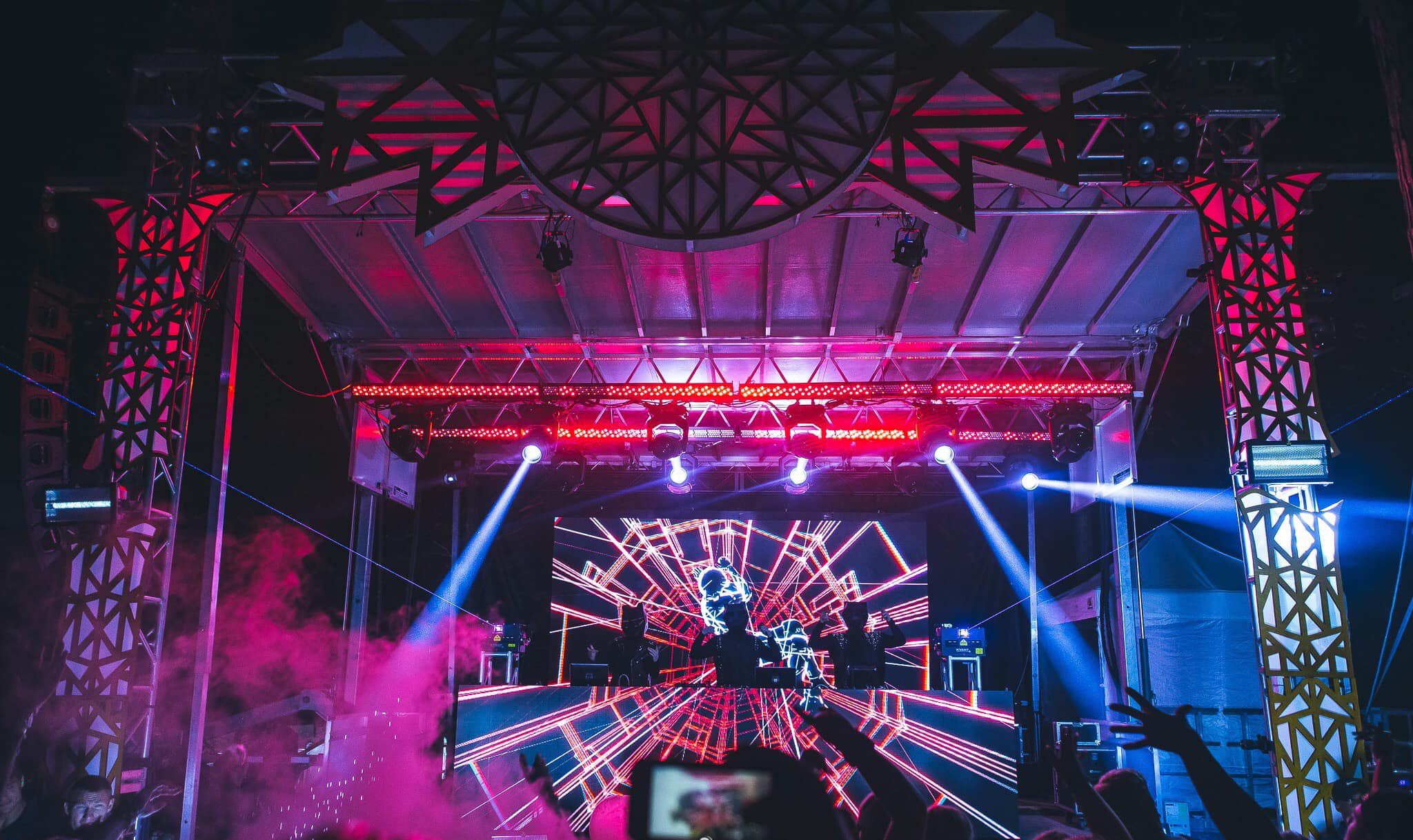Comprehending the Frequent Factors of Light Emitting Diode Screen Panel Breakdown
Wiki Article

Light Emitting Diode wall screens are widely used in multiple environments, from advertisements to residential theaters. These panels are favored because they provide vivid and dynamic images while being energy-efficient. However, similar to all digital devices, LED wall panels can experience malfunctions. Understanding the frequent reasons of these failures is important for preserving their functionality and ensuring longevity. This piece explores several key factors that can lead to the failure of LED panel panels.
One of the most frequent reasons of malfunction in LED panel panels is excessive heat. LED systems generates heat during operation, and if this heat is not adequately controlled, it can harm internal components. Poor airflow or inadequate cooling systems can worsen the issue. When the heat increases beyond the suggested levels, it can lead to reduced brightness, color distortion, or total failure of the screen. Regular maintenance, including cleaning air vents and maintaining adequate ventilation, can help prevent overheating and extend the life of the panel.
Another significant factor contributing to LED wall screen failure is electricity spikes. Fluctuations in the power supply can result in harm to digital parts within the screen. Sudden jumps in voltage can cause to blown fuses or faulty circuits, leading in non-functional displays. Using surge protectors and voltage regulators can reduce this threat by normalizing the electricity supply and protecting sensitive electronic components. Making sure that the power infrastructure is up to standard and capable of handling the power needs of the screen is also essential.
External factors play a crucial role in the performance of LED wall screens. Contact to harsh temperatures, humidity, or dust can negatively impact their operation. For Continued instance, high moisture can result to water buildup inside the panel, which can cause short circuits or damage of internal parts. Similarly, too much dust build-up can obstruct airflow and result to overheating. Placing LED screens in controlled environments and frequently maintaining them can assist maintain optimal performance and prevent failures.
Additionally, production flaws can lead to early failures in LED wall screens. find more info Quality assurance during production is essential to guarantee that each panel meets industry standards. Faulty components or poor assembly can lead in problems such as dead pixels or uneven brightness. It is crucial for buyers to buy LED wall panels from trusted manufacturers that provide warranties and service. This guarantees that any possible defects can be addressed promptly, reducing downtime and annoyance.
In conclusion, comprehending the frequent reasons of LED wall panel failure can help users take preventive measures to guarantee their longevity and performance. By tackling overheating, safeguarding against power surges, considering environmental factors, and selecting quality items, users can significantly minimize the chance of failure. Regular care and awareness of these elements will result to a better experience with LED panel panels, whether for individual or business use.